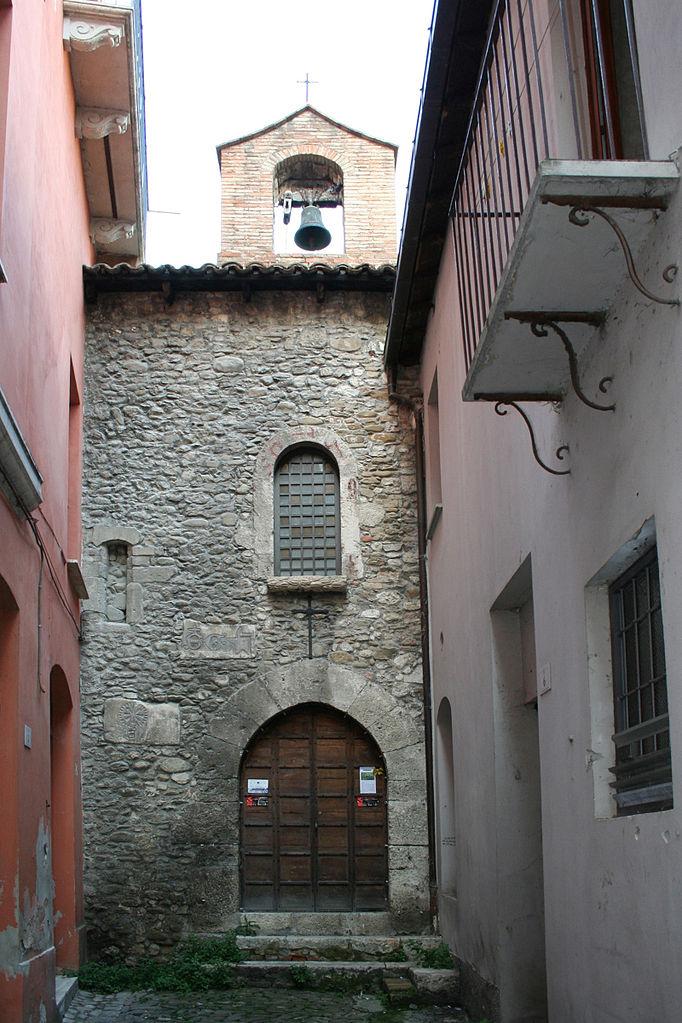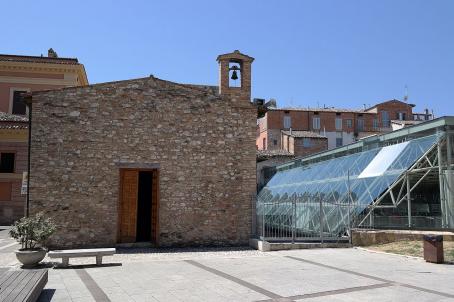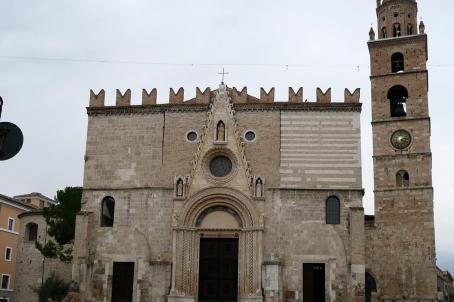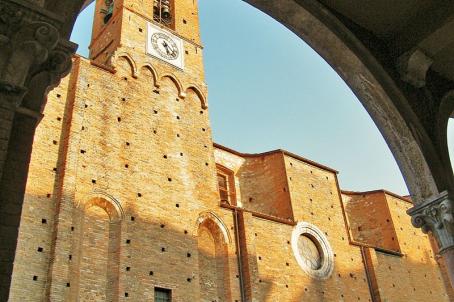Chiesa di Santa Caterina

The church of Saint Catherine was built around the 9th century. In 1803 the church was rebuilt in its most recent form. The church is a private chapel belonging to the local Castelli family and is only open to the faithful for a few days a year for the celebration of the triduums preceding 25 November.





